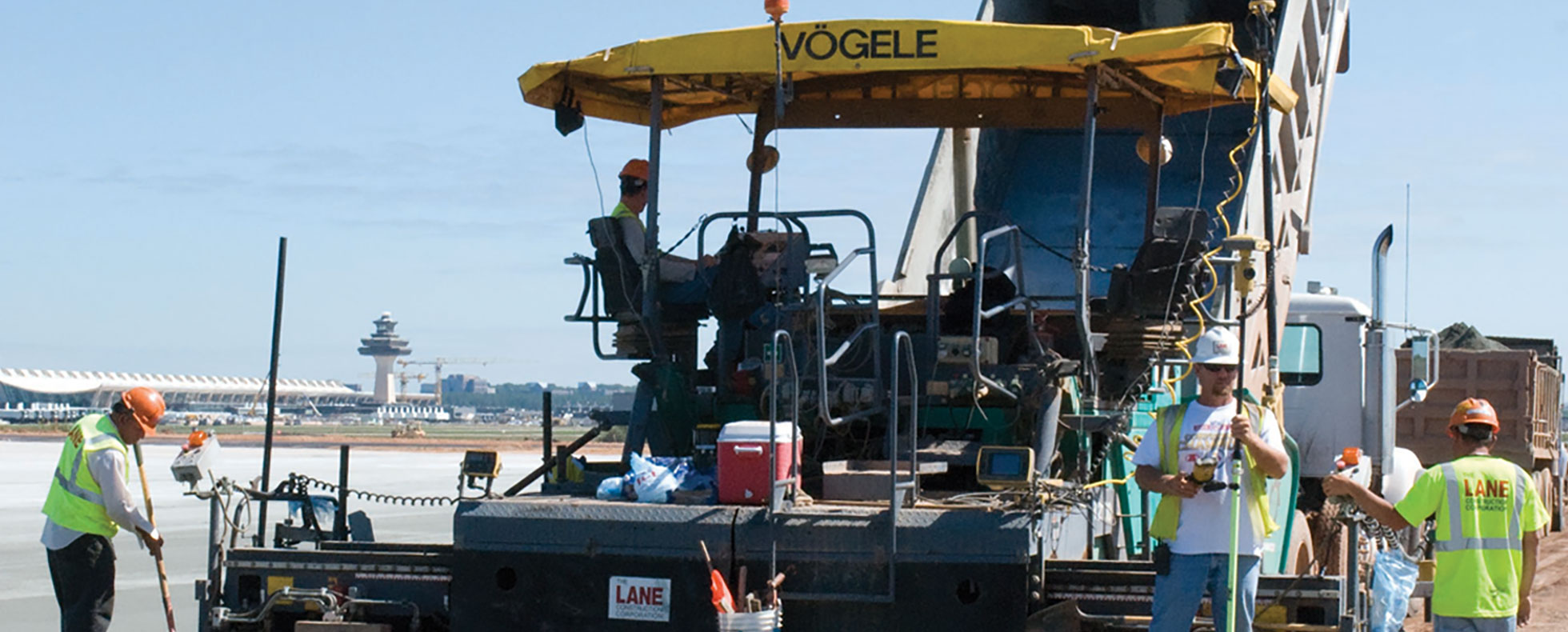
Now more than ever, city, state, and federal projects have high demands. Contractors are building new roads, expanding highways and resurfacing interstates. As the Infrastructure Investment and Jobs Act's funding trickles down to the state and city levels, we’ll see lots of road projects and paving. But what goes into transforming an uncut road from a rocky ride to a smooth, cruise-worthy drive?
First, we must understand how compaction affects roads’ smooth surfaces. Compaction is a process of mechanically compressing soil, aggregate or asphalt to remove air voids and increase density. It is a vital step in road construction. It is crucial in enhancing pavement strength, stability and longevity. When adequately compacted, roads offer a smooth driving experience, reduce maintenance requirements and minimize the potential for premature pavement failure.
Explore the five forces that affect the compaction process to know how compaction is essential to building smooth roads:
When paving, operators work with engineers and project managers to use equipment technology on their pavers to monitor the compaction force throughout each road-building phase. Environmental factors like temperature and precipitation, project requirements like the concrete or asphalt mix, and the machine's weight all affect the compaction. This is why many contractors implement technology like Topcon’s Pavelink, a cloud-based digital planning and monitoring tool or a high-speed road scanning technology to capture a real-time thermal snapshot of the compaction force.
Contractors must monitor the five forces of compaction because their combined effect contributes to the construction of smooth roads in the following ways:
Improved stability: Compaction eliminates air voids and increases the density of materials, enhancing their strength and load-bearing capacity. When a road is an appropriate density for its environment, it prevents the formation of potholes, cracks and uneven surfaces, ensuring a smooth and safe driving experience.
Enhanced durability: Proper compaction reduces the permeability of road surfaces, preventing water infiltration and subsequent damage due to freeze-thaw cycles. It also minimizes the potential for rutting and deformation, improving the overall durability of the road.
Uniformity of surface: Compaction ensures the even distribution of materials, resulting in a uniform surface free from variations or irregularities. This uniformity improves ride quality, reduces noise and improves vehicle traction, enhancing overall road safety.
Increased longevity: A well-compacted road exhibits greater resistance to wear and tear, prolonging its lifespan and reducing the need for frequent repairs. Proper compaction contributes to cost savings and ensures sustainable infrastructure development by minimizing the potential for premature pavement failure.
The goal in compacting is to provide a smooth, structurally sound, durable and long-lasting asphalt pavement. To learn more about compaction technology, contact one of our RDO experts.